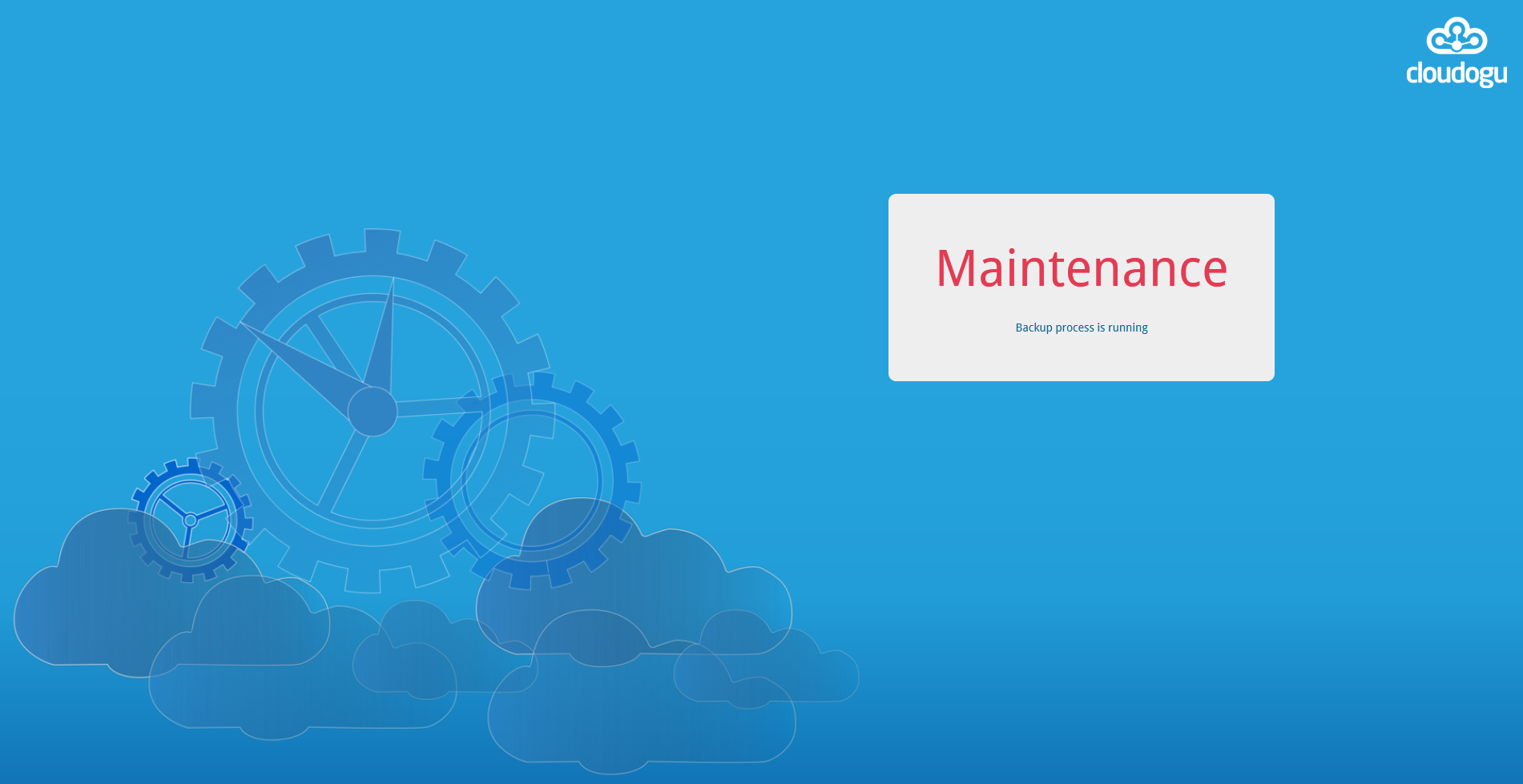
Backup and Restore with Cloudogu EcoSystem
Having a comprehensive and robust data backup is considered a necessary evil in everyday life, since it is critical in extreme circumstances. At first it costs money to set up a backup mechanism and then you have to continuously update it to reflect changes and ensure that all important data is backed up. With the Backup and Restore Dogu, the Cloudogu EcoSystem offers a simple and efficient way to create backups for the entire toolchain.
Reasons for data loss
The causes of data loss are as varied as the manifestations. Starting with a presentation deleted by accident to the failure of a network drive and the loss of months of work, up to extreme cases such as theft, viruses or infection of the network with ransomware that can put an entire company out of action for days or weeks. Careful consideration must be given to the cases you want to be prepared for and the appropriate measures to take.
In the interest of efficiency, consideration must be given to how often and what data must be backed up in order to be able to continue working in an emergency.
Backup and Restore Dogu
For the Cloudogu EcoSystem there is the Backup and Restore Dogu, which greatly simplifies the process of backing up data. It can be configured within a few minutes to back up the entire platform and restore it in just a few clicks. The advantages it offers:
- Security: All backups are encrypted.
- Flexibility: It supports several protocols (S3 and SFTP).
- Freedom: Any number of backup strategies can be used.
Cloudogu EcoSystem quickstart guide

Backups are always created for the entire system to ensure that there are no inconsistencies between tools during recovery. Restic is used to create backups, the basics of which are explained in this blog post: Link
Installation and configuration
The Backup and Restore Dogu, like all other Dogus, can be installed either while setting up the EcoSystem or afterwards. Subsequent configuration is divided into two steps: initial backup configuration and activation of automatic backups.
Configuration of the storage destination
To create backups of your Cloudogu EcoSystem, you need a destination for storing the data. It should be located outside the Cloudogu EcoSystem. The further away the storage location is from the EcoSystem, the more secure it is. To connect to the storage destination, you have a choice of two protocols: S3 and SFTP. Additional details and access data must be specified depending on the protocol selected. For added security, all backups are encrypted. That’s why an encryption key must always be specified. It is extremely important, because without it you will not be able to decrypt and restore your backups.
Following quick configuration via the command line, the system is ready for activation.
Backup activation
Automatic backup can be activated in the Backup and Restore Dogu administration section, which can be accessed via the navigation menu. You can choose between an immediate backup or schedule regular backups.
After basic activation, setup is complete and you can leave the rest to the system.
Restoring data with the Cloudogu EcoSystem
Once the first backup has been created, you can select existing backups to restore in the “Restore” tab.
Partial recovery of the system is not intended for normal use, since this could result in an inconsistent system that would then have to be corrected manually.
To start the restoration process, simply click on the button and acknowledge the confirmation prompt. The system is then put back into maintenance mode until restoration is complete. Again, the time restoration takes depends on the volume of data and the speed of data transfer.
Advanced tips
Retention strategy
These days, storage space is not all that expensive, but it still costs money. Depending on the cycle of creating backups, very large quantities of data can accumulate very quickly. To counteract this, the system provides three storage strategies:
- Keep only the most recent backup.
- Keep backups from the previous 7 days.
- Keep the backups from the previous 7 days, as well as from one month, one quarter and one year ago.
They can be selected during configuration of the storage destination. If these are not enough, an individual strategy can also be configured using Restic.
Restoring parts of the system with Restic
As previously mentioned, to avoid an inconsistent state of the platform, restoring only parts of the system is not intended. However, if it should ever be necessary to restore only a specific part or perhaps only a single file, this can of course be done. But this requires some basic knowledge about Restic and its commands.
Conclusion
It is absolutely essential to be prepared for an emergency, which is why it is important to make backups of your data. The Backup and Restore Dogu of the Cloudogu EcoSystem makes it very easy to create backups of all the tools running on the platform and restore them in the event of an emergency. All you need is a storage location and a few minutes for initial configuration. It is a very efficient option for preparing for a worst-case scenario.
Cloudogu EcoSystem
Convince yourself of the advantages of the Cloudogu Ecosystem. Use the modern DevOps platform now for free.
Learn more about it






